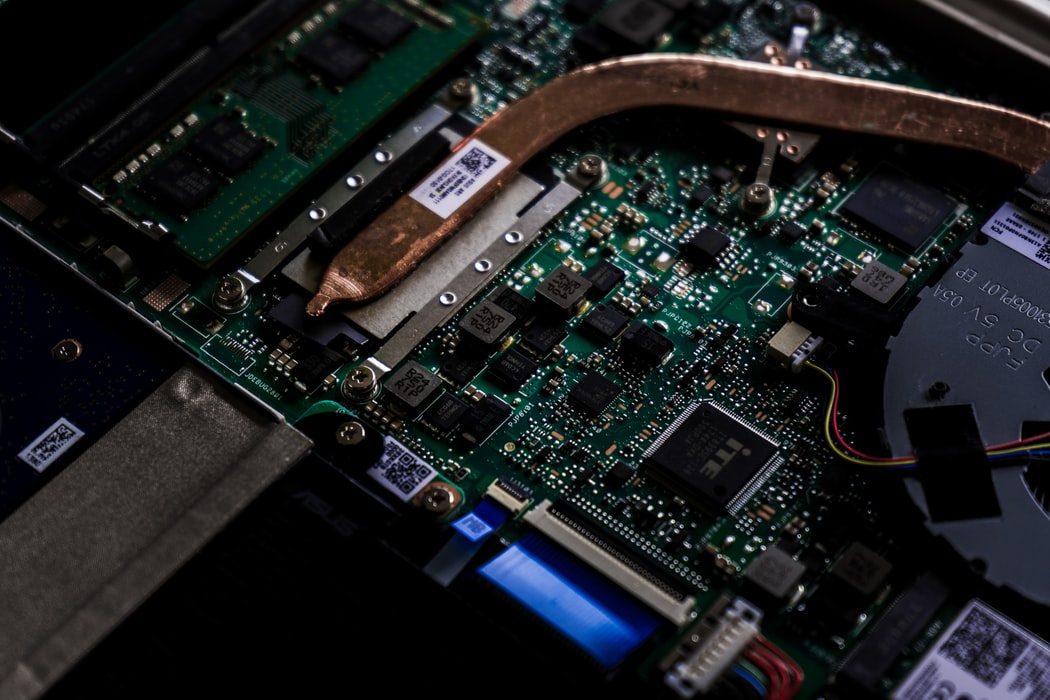What is an Intrusion Prevention System?
The Intrusion Prevention System can be the next step in cyber security. Reasoning after this statement is not difficult to understand – the June 2020 survey, which focuses on Asia-Pacific markets, received a 25.07% CAGR (annual growth rate) for traffic surveys – network operator -rang. Growth is directly proportional to the increase in malware of network traffic (e.g., Security Service, DNS theft, DNS poisoning, etc.).
This vision was read over a set period of 10 years and, no doubt, will change, as new players climb the plate; and they are not far behind. Netwalker, the latest in RaaS (Ransomware-as-a-Service), has already begun to express itself – this could lead to disaster in the business sector. This amazing network has cost over $ 25 million (and is still counting).
Is the Access Prevention System a gold ticket in the RaaS environment without internet? I am reluctant to follow this statement; game change is a better word to describe the bizarre Blockchain approach – while new, it is still a better option than leaving the network unprotected. Now, ads aside, let’s not talk about IPS.
Organizing (a) Infection Prevention System
This said an employee activity monitoring solution may be a perfect example of IDS The information collected by IDS can be provided to SIEM (Data Management System and Event Management).
Fact: There is no IPS without Intrusion Detection System (IDS). IDS is IPS, just like IPS is IDS. IDS, on the other hand, is a tool or piece of software that actively scans a system or network for criminal signals – related to this document – for malicious activity.
SIEM is a complete network security monitoring tool – a collection of SIEM standards used to generate complaints, enhance network security, detect gaps (security), reduce damage, and if appropriate, find the best method has removed malware that
may enter your territory. IPS sometimes crashes into firewalls where they both have something to do with network security. Of course, it doesn’t say that the two are different, the main difference between the two IPS capabilities is external and in-line detection.
Announcing the anti-money system
IPS feels good, but what about the price tag? How much does it cost, say, a small business to set up a Prevention Campaign? Ready ready? $ 161,000 per device per year! Yes, you read that right – it costs over 100k to run the IPS.
But that is not it; the money mentioned above has been spent. In the book “Cost-effective management software for harassment detection systems” ¹, the authors point out that IDPS could add value if we engage in network security prevention such as NIDS or HIP. Also, the same document states that you need an extra $ 100k per year for your system administrator or IDS administrator or IPS administrator.
It’s a lot of money, and obviously such a system may not work for start-ups or businesses trying to stay afloat, especially during these difficult times. So what can we do to reduce these costs without sacrificing security? This solution is to distribute a one-time, all-inclusive cybersecurity solution that has the same functionality as a fully secure IDPS.
The solution to prevent the intrusion of the perimeter that detects and eliminates zero-day and second-generation malware is to provide the Heimdal ™ Threat Prevention Network. With Heimdal ™ Threat Prevention Network, you also gain MDM capabilities. Reporting and SIEM options are available through our Internet-based control panel Infinity Management.
Differences between IDS and IPS
Both IDS / IPS read network packets and compare their content with data on threat awareness. The main difference between them is what is happening now. IDS is a tracking and tracing tool. IPS is an administrative process that accepts or does not accept packages in accordance with regulatory standards.
The IDS should require a human or other system to review the results and then take action, which can be a continuous process depending on the amount of network traffic generated each day. IDS improves the tool to be used in the investigation of safety events for CSIRT after death.
The purpose of IPS, however, is to retrieve important packages and store them before they arrive. It goes beyond authentication, only the database needs to be constantly updated with new threat data.
Why are IDS and IPS important for security?
Security groups face a serious threat of data breaches and penalties as they continue to fight financial and business borders. IDS / IPS technology includes unique and important functions of network security policy:
Autonomous: The IDS / IPS system does not work well, making them selective for use in the current security fund. IPS provides peace of mind that the network is protected from known threats and limited hardware requirements.
Principle: The responsibility to follow often requires proof that you have invested in data protection systems and systems. The implementation of the IDS / IPS solution looks at the box on the agreement box and handles several CIS Security systems. Most importantly, investigative information is an important part of follow-up research.
Finally
The Intervention Prevention System is the next step in network security. However, it is still considered a supplement of some kind, such as non-diagnostic testing. What do you take with IPS? Call the comments section and let me know.










